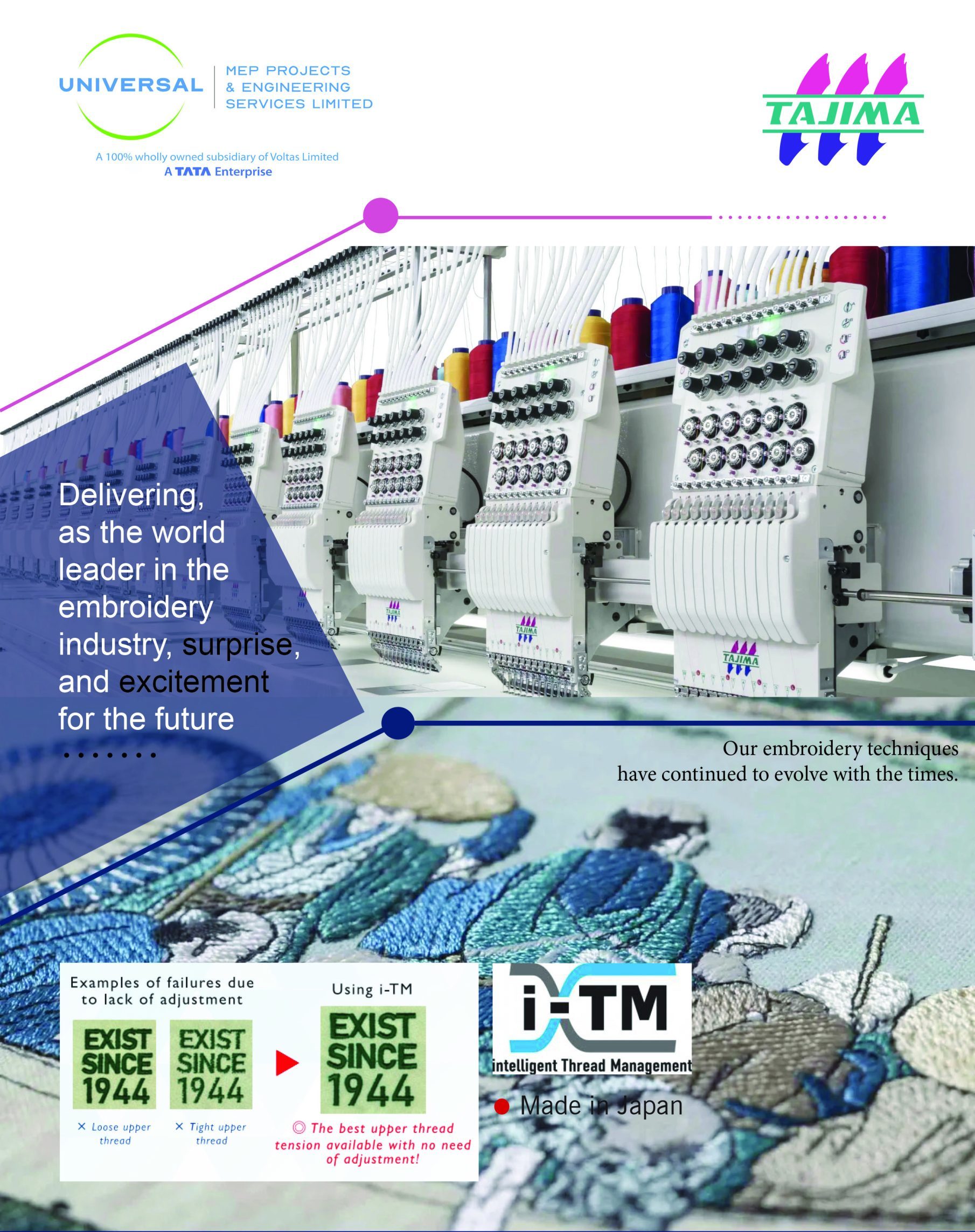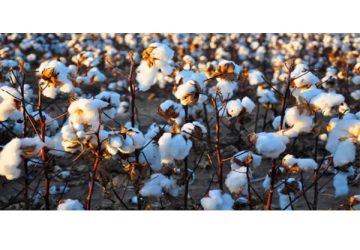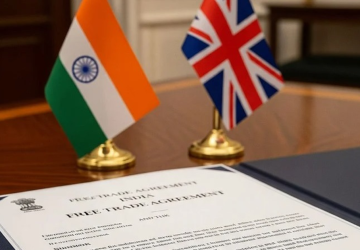
The competitive landscape within the global exports of garments and textiles generally pits Cambodia against Vietnam, Bangladesh, Thailand or Sri Lanka. However, a latest report is hinting at the possibility of an economic giant with the world’s fourth-largest GDP emerging as a key competitor to the Kingdom in the sector.
A report released recently by the State Bank of India (SBI) highlights that Trump tariffs will shake up the global garments and textiles industry with high possibilities to create new winners and losers, and India stands a high chance of emerging as a winner with a clear advantage over countries, including Cambodia. SBI is the largest banking and financial institution in India and one of the top 50 banks in the world with close to $800 billion in assets.
The report emphasised that India, which currently holds a six percent share in the US apparel imports market, stands to benefit if it captures an additional five percent share from competing countries. “This potential gain could translate into a 0.1 percent addition to India’s GDP.” It noted that India has a Revealed Comparative Advantage (RCA) in textiles and exports apparel and accessories to the US.
“All major garments and textiles exporting countries, including Bangladesh, Cambodia and Indonesia, are at a disadvantage following the changes in US tariff structure. And this is the perfect time for India to gain a share in the global garments export market.”
The report concluded that India should actively leverage this trade shift and strengthen its export presence, especially in garments and textile categories “where it holds a comparative advantage”. “By capitalising on emerging opportunities amid changing global trade dynamics, India can not only boost its exports but also drive incremental growth in its economy.” India’s garments and textiles sector is a major contributor to the country’s economy, valued at over $180 billion last year.
It’s one of the largest employment generators after agriculture, employing over 45 million people. The sector is projected to reach $387.3 billion by 2028, growing at a Compound Annual Growth Rate of nearly 15 percent.
Robert Hwang, Deputy Chairman of Textile, Apparel, Footwear and Travel Goods Association of Cambodia and Chairman of Cambodian Garment Training Institute, said the industry hopes that the government will continue negotiating with the US administration to bring down the tariff level.
Economist Seng Hon said competition among the nations has always existed in the global garments and textiles industry. “It is true that the Trump tariffs have changed the competition landscape. But one thing that has been the hallmark of Trump’s decisions has been unpredictability. Who knows, tomorrow he will not increase tariffs against India?
“Like any other industry, innovation is the key in the garments and textiles sector. With timely innovation and trade diversification, Cambodia’s garments and textiles sector can continue to thrive, although there will be temporary challenges.”
In 2024, Cambodia exported a total of $13.74 billion worth of garment, footwear, and travel goods (GFT) to global markets, according to the General Department of Customs and Excise. This represents a 23.78 percent increase compared to 2023. The GFT sector is a key pillar of Cambodia’s economy, accounting for 52.46 percent of the country’s total export earnings.
According to a report quoting industry insiders, reported that the 36 percent reciprocal tariffs imposed by US on Cambodia could reduce the GFT exports between 15-30 percent.
















